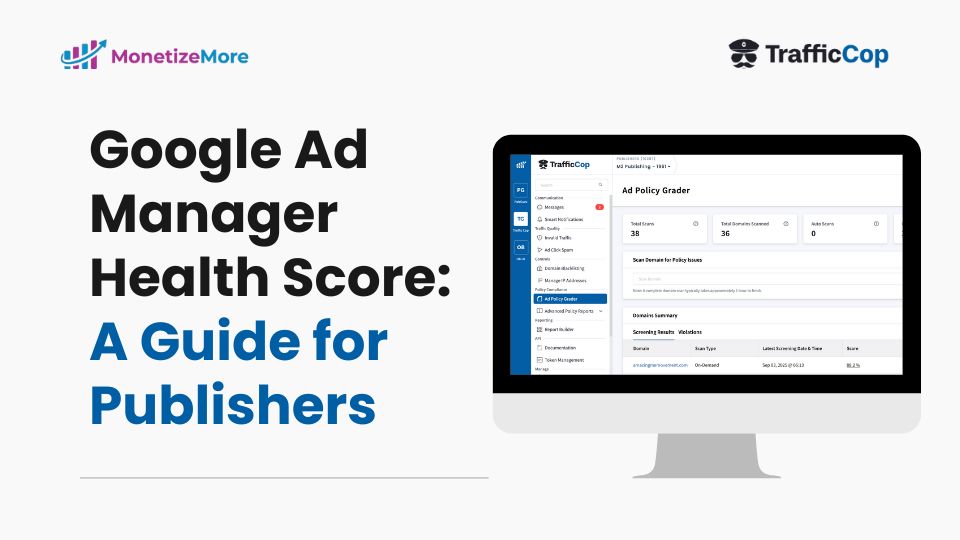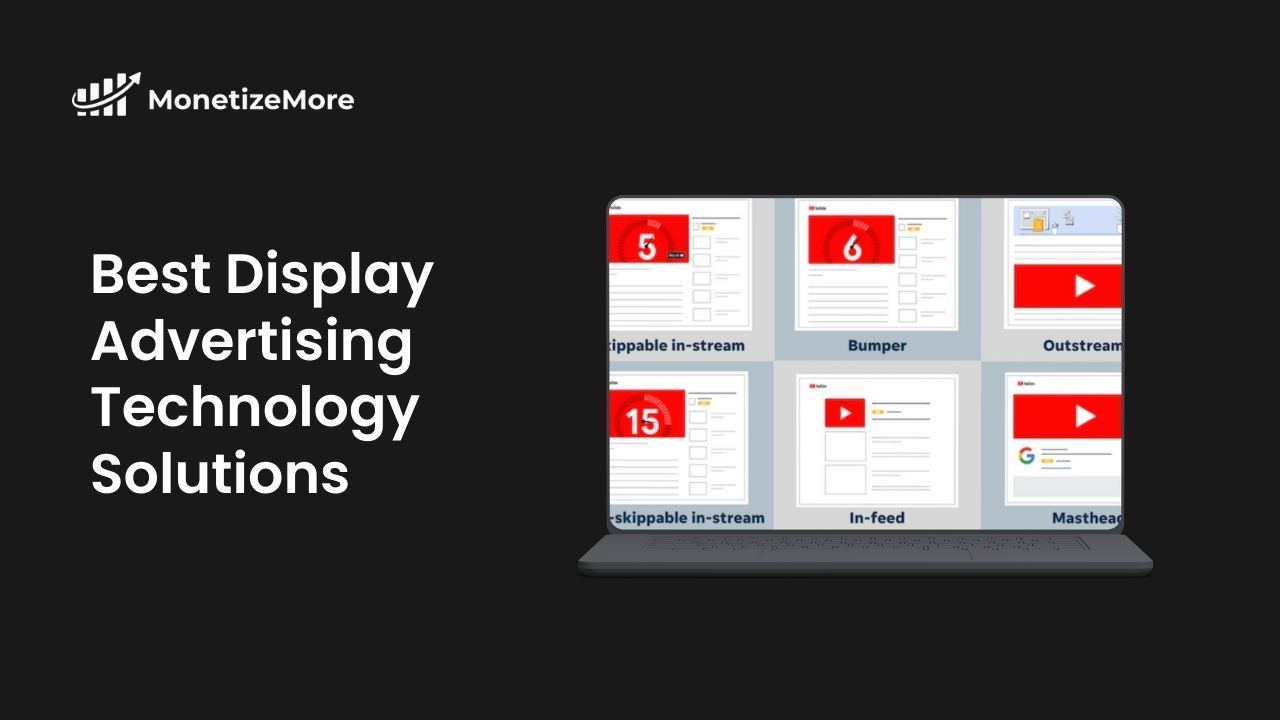The proven all-in-one platform to maximize ad revenue
Protect your ad revenue against invalid traffic and ad fraud
This post was most recently updated on August 21st, 2019
You closed the deal with an ad network for a flat CPM at 100% fill. You’ve implemented the tags on your ad server and earned some ad revenue. Is there anything else to it? If this is all that you’ve done, you’re not maximizing your ad revenue potential, and that’s not a good thing! This post will show you how to maximize your profits by setting up passback URLs with CoffeeCup FTP.
But, first, let’s talk passback chains (briefly!).
Passback URLs are implemented in some ad networks that cannot fill 100% of ad requests. These URLs will redirect the unfilled ad requests to another ad network that’s code was used as the passback URL (usually an ad code from another ad network). We will discuss passback chains in detail in our next blog post, so make sure to check back.
Passback chains are necessary in order to monetize as many ad impressions as possible in your ad inventory. Ad Exchange has the best fill rate (impressions served/ad requests) and eCPMs available. But, if you have an opportunity to close a deal with another ad network with 100% fill, we recommend using those tags behind Ad Exchange.
Related Read: A Well Organized Passback Strategy = Better Night of Sleep
And now, here’s how to set up passback URLs with Coffeecup FTP.
Helpful Tip: it is important that every file is saved in the .html format.
This is completely up to you. CoffeeCup will let you know if the URL you have in mind is available or not.
Choose the theme that you prefer by clicking on: ‘Apply Theme’
To select multiple files:
Once the process is complete, you will see a 100% completion status notification. If any known errors are present, this information will be presented as well.
This step is simple! All you have to do now is choose the ‘View Files’ option.
Onto the next step…
Once the new browser tab opens, check to make sure that the ad appears properly.
If you have Ad Exchange access via MonetizeMore, save all the URLs in notepad form. Send those URLs to support@monetizemore.com or contact your MonetizeMore account executive.
After implementing the passback URLs, MonetizeMore takes care of optimization from start to finish by applying various strategies to maximize your ad revenue potential — that means more money for you! To learn how to optimize your passback strategies, contact us today for more information.
Related Reads:

Kean Graham is the CEO and founder of MonetizeMore & a pioneer in the Adtech Industry. He is the resident expert in Ad Optimization, covering areas like Adsense Optimization,GAM Management, and third-party ad network partnerships. Kean believes in the supremacy of direct publisher deals and holistic optimization as keys to effective and consistent ad revenue increases.



10X your ad revenue with our award-winning solutions.